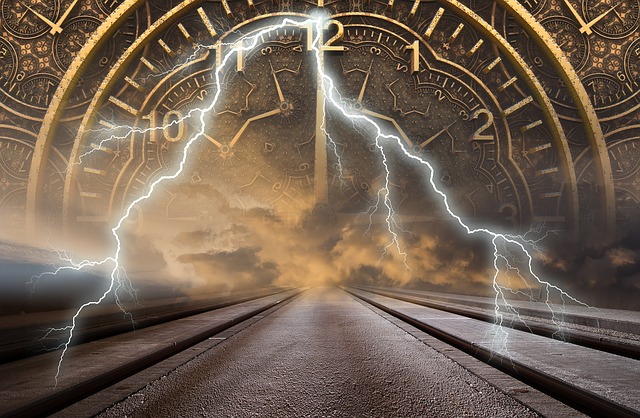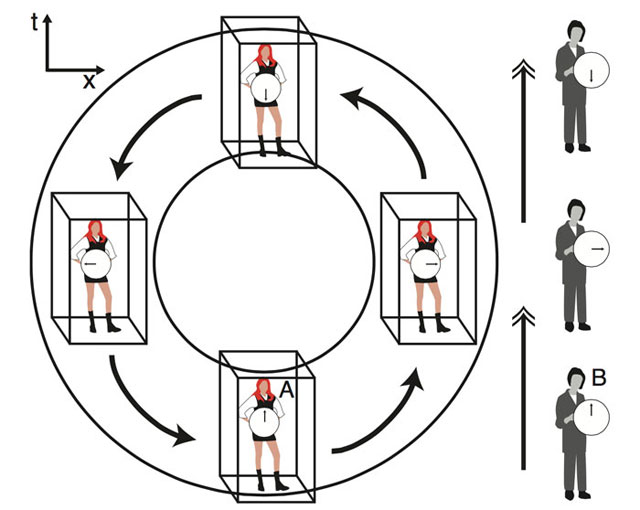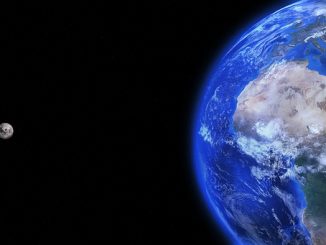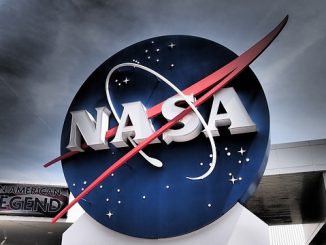
According to research published recently in the IOPscience Journal Classical and Quantum Gravity, using Einstein’s Theory of General Relativity, physicist and mathematician Ben Tippett from the University of British Columbia’s Okanagan campus and astrophysicist David Tsang from the University of Maryland have developed a mathematical model of a ‘time machine’ which they call TARDIS, short for Traversable Acausal Retrograde Domain in Space-time.
Describing TARDIS as a ‘bubble of space-time geometry’, the machine (in the form of a box) could theoretically travel through space-time faster than the speed of light, allowing it to move not just forward, but also backward in time as it travels around a circular path.
Tippett and Tsang’s TARDIS (we felt the need to specify this so we can differentiate it from Doctor Who’s fictional TARDIS) is based on the idea that we shouldn’t think of the universe in terms of three space dimensions and time as a fourth separate dimension. Instead, we should look at all four dimensions simultaneously, as this will give rise to the existence of a space-time continuum, where all directions of space and time are interconnected within the universe — according to the theory of relativity, a curved universe, not a flat one.
To clarify, in a flat space-time, the movement of stars and planets would be in straight lines. But within the vicinity of a massive object like a gigantic star or a black hole, space-time becomes curved instead of flat. In such case, movements of planets lose their straight trajectory as they follow the curvature around the star, bending and rotating around it instead of just going past it. This is clearly seen in our own solar system. The fact that planets revolve around the sun pretty much confirms that our universe is curved, not flat.
Time becomes affected by this curvature as well. As some studies show, time moves slower in areas close to a black hole.
According to Tippet, his time machine model is based on this curved space-time concept. By bending time into a circle, passengers on the time machine can be taken back in time instead of just forward in time.

Image Credit: B.K. Tippet and Yang
While the research suggests that it is mathematically possible to build a time machine, it’s not yet physically feasible. As Tippet said: “While is it mathematically feasible, it is not yet possible to build a space-time machine because we need materials—which we call exotic matter—to bend space-time in these impossible ways, but they have yet to be discovered.”
Pending the discovery (or maybe the invention) of those ‘exotic’ materials needed to build a time machine, sci-fi enthusiasts can in the meantime bask in the idea that time travel is not impossible.
- Bulenox: Get 45% to 91% OFF ... Use Discount Code: UNO
- Risk Our Money Not Yours | Get 50% to 90% OFF ... Use Discount Code: MMBVBKSM
Disclaimer: This page contains affiliate links. If you choose to make a purchase after clicking a link, we may receive a commission at no additional cost to you. Thank you for your support!




KNEW IT!!!ARE WE SURE THAT IT HASN’T HAPPENED YET???